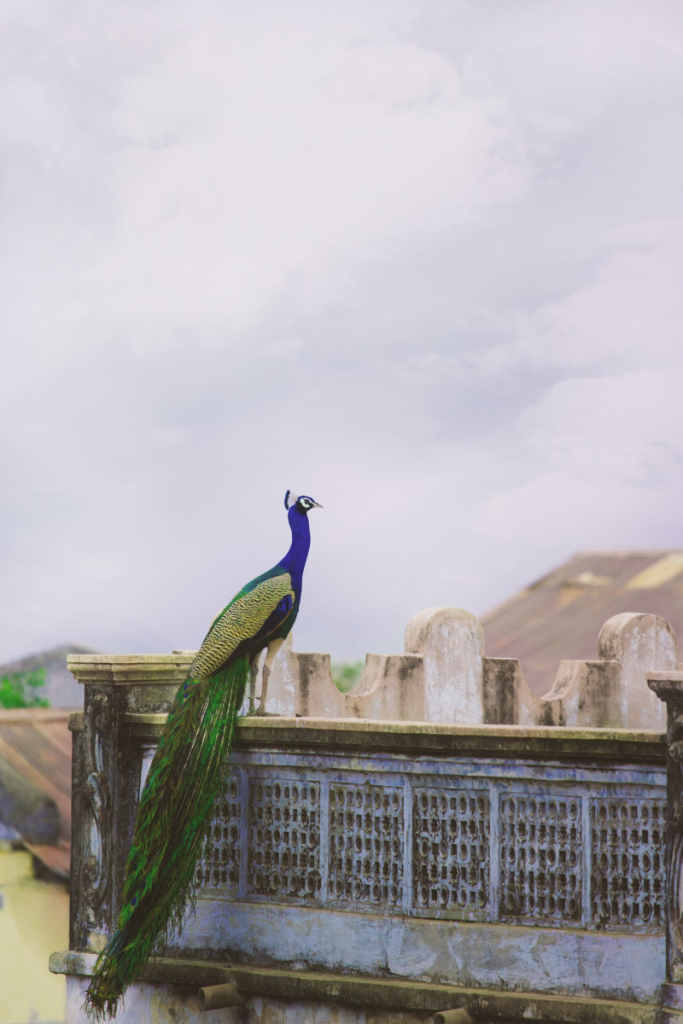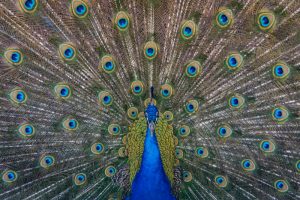Peacocks, with their iridescent plumage and striking calls, have captivated humans for centuries. These magnificent birds are often admired for their beauty, but understanding their lifespan and well-being is crucial for their proper care. In this article, we delve into the world of peacocks, exploring their average lifespan, potential health issues, and essential care tips.
Brief Introduction to Peacocks
Peacocks, actually known as peafowl, belong to the pheasant family. There are three main species: the Indian peafowl, the Green peafowl, and the Congo peafowl. While the term “peacock” typically refers to the male, females are called peahens and young ones are pea chicks.
Understanding a peacock’s lifespan is essential for those considering owning one as a pet or for wildlife conservation efforts. By knowing their average lifespan and potential health challenges, we can provide optimal care and ensure their well-being.
Average Lifespan of a Peacock
Peacock species play a role in determining their lifespan. Indian peafowl, the most common type, generally have a longer lifespan compared to other species.
In the wild, peacocks face numerous challenges, including predators, disease, and competition for resources. On average, they live between 10 and 15 years.
In captivity, with proper care and a controlled environment, peacocks can thrive and live significantly longer. The average lifespan in captivity ranges from 15 to 20 years, with some individuals reaching 40 years or more.
Factors such as diet, environment, and overall care significantly impact a peacock’s lifespan. A balanced diet, a safe and spacious habitat, and regular health checks are crucial for their longevity.

Health and Well-being of Peacocks
Peacocks, like any other animal, are susceptible to health issues. Common problems include:
- Parasitic infections. These can cause various symptoms, including weight loss, lethargy, and poor feather condition.
- Respiratory diseases. Peacocks can be prone to infections affecting their respiratory system, leading to symptoms like coughing, sneezing, and difficulty breathing.
- Nutritional deficiencies. An improper diet can result in vitamin and mineral imbalances, leading to health problems.
A healthy peacock exhibits vibrant plumage, bright eyes, and active behavior. Regular monitoring for signs of illness is essential for early detection and treatment. Preventive measures such as vaccination, regular deworming, and a clean environment can help maintain optimal health.
Care Tips for Extending Peacock Lifespan
Providing a suitable environment is crucial for a peacock’s well-being. This includes:
- Ideal habitat: A spacious, secure, and climate-appropriate enclosure is essential. Peacocks need room to roam and explore.
- Proper diet: A balanced diet rich in proteins, vitamins, and minerals is vital for their overall health. Consult with a veterinarian for specific dietary recommendations.
- Regular check-ups: Routine veterinary examinations help identify potential health issues early on.
- Social interaction: Peacocks are social birds and benefit from interaction with other peacocks or their human caregivers.
Differences in Lifespan Between Wild and Captive Peacocks
Wild peacocks face numerous threats, including predators like foxes, eagles, and snakes. Habitat loss and human activities also pose significant challenges. In contrast, peacocks in captivity enjoy a protected environment with a consistent food supply, leading to a longer lifespan.

Peacocks are magnificent creatures with the potential for long and fulfilling lives. Understanding their average lifespan and the factors influencing it is crucial for their well-being. By providing optimal care, including a suitable habitat, nutritious diet, and regular health checks, we can help these beautiful birds thrive and enjoy a long life.
Remember, responsible ownership and a deep understanding of peacock needs are essential for ensuring their happiness and longevity.

